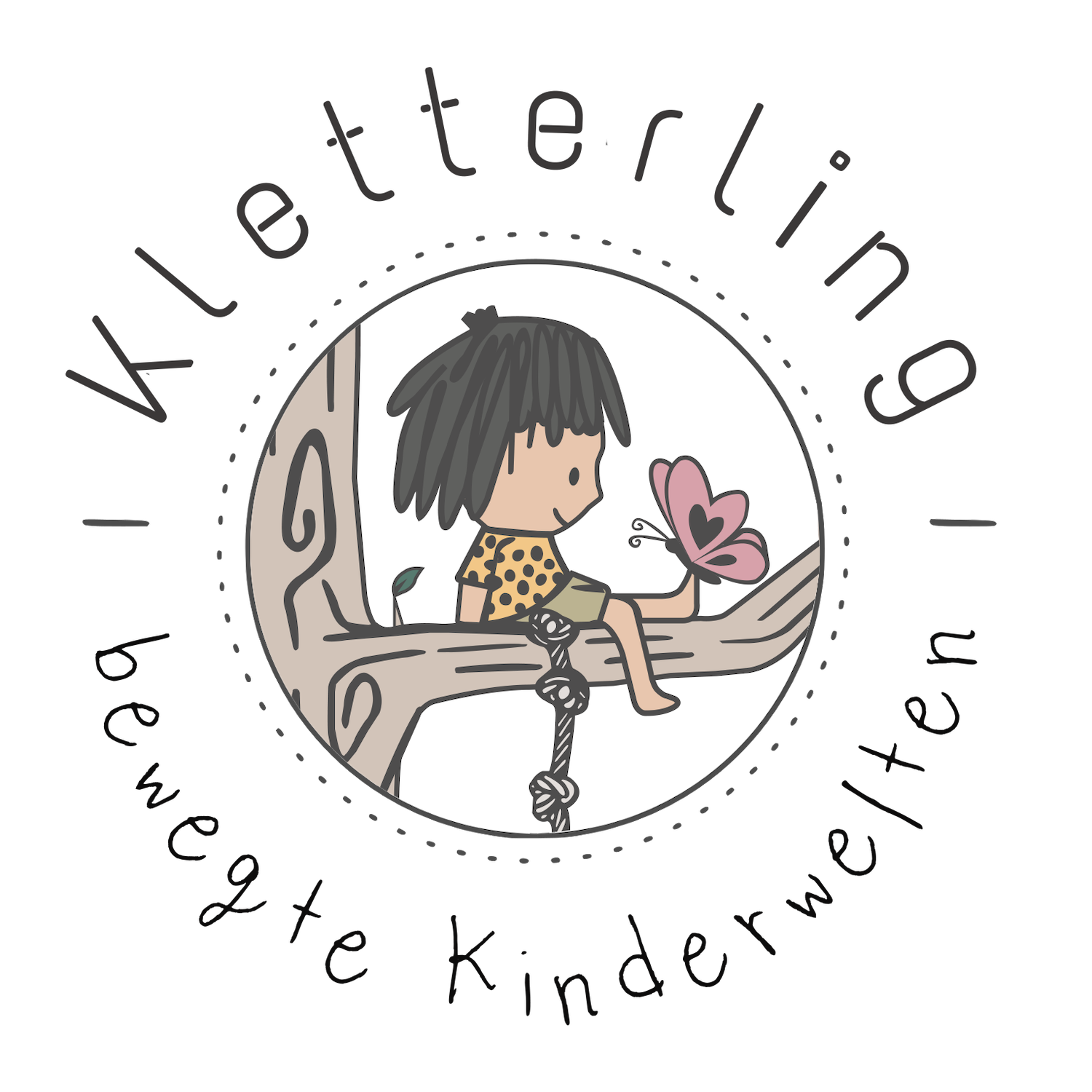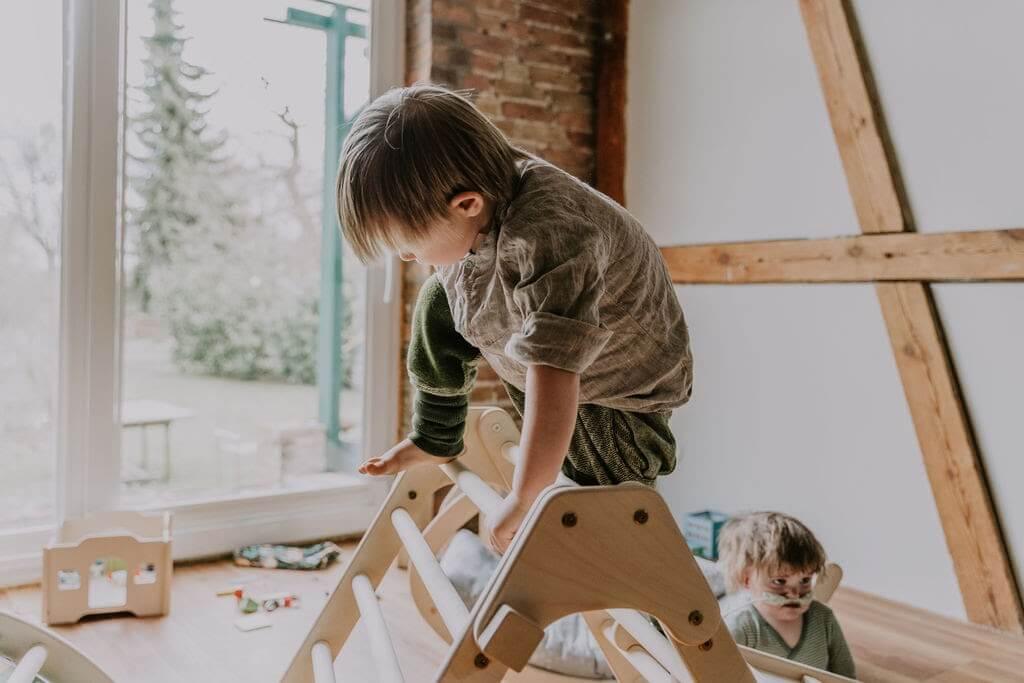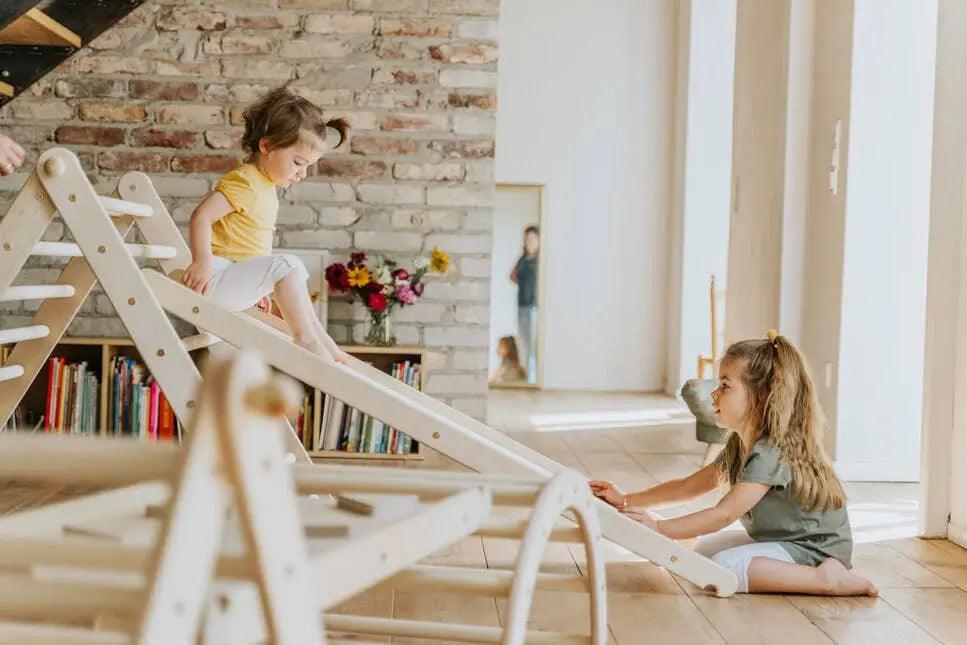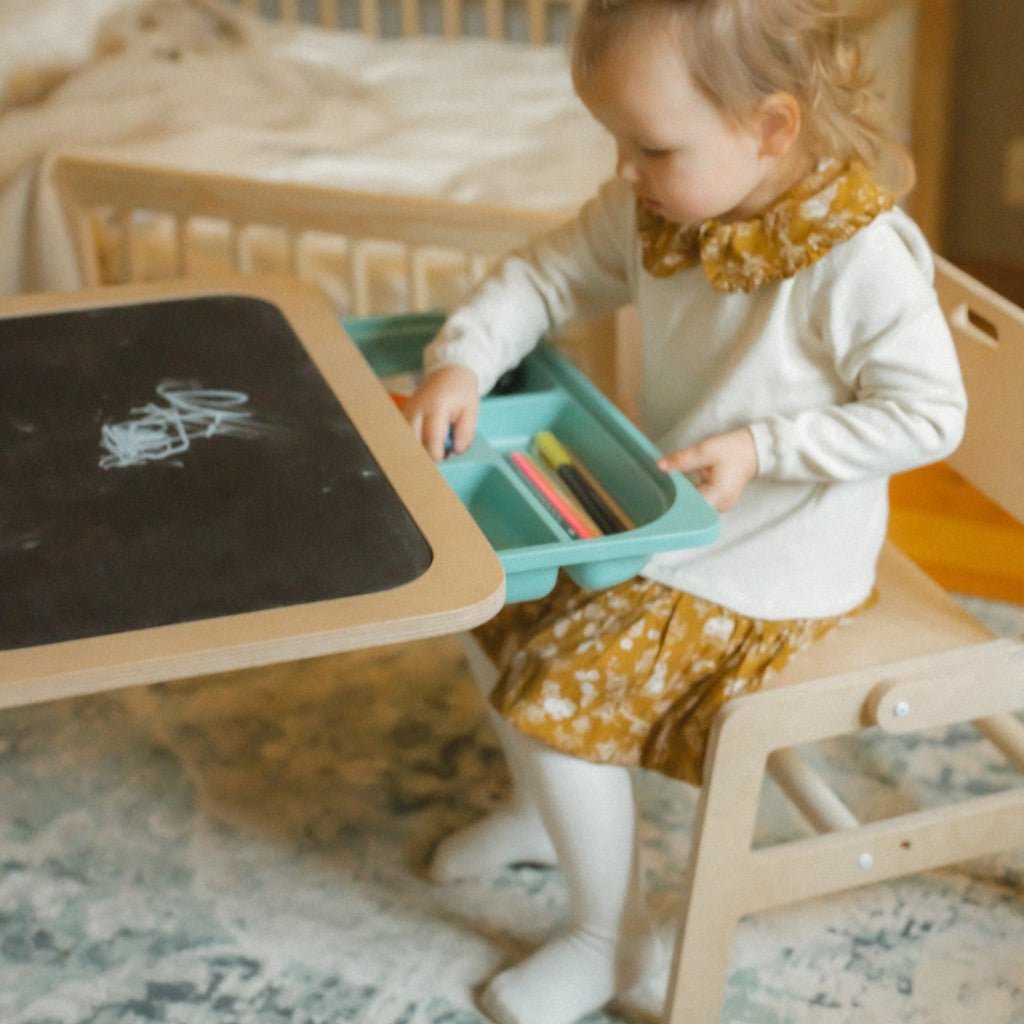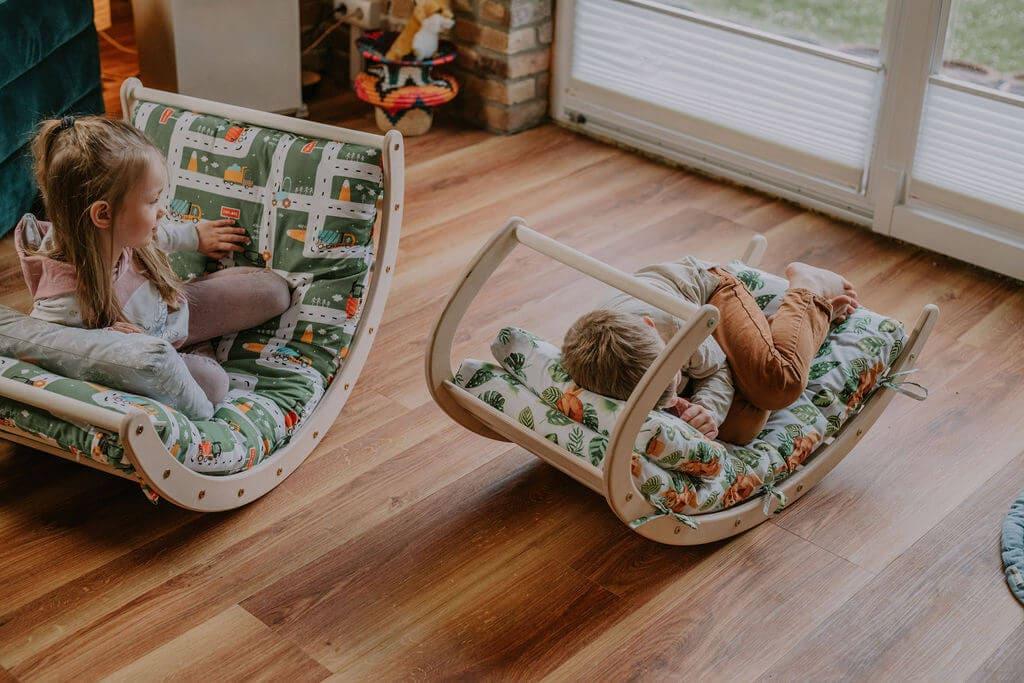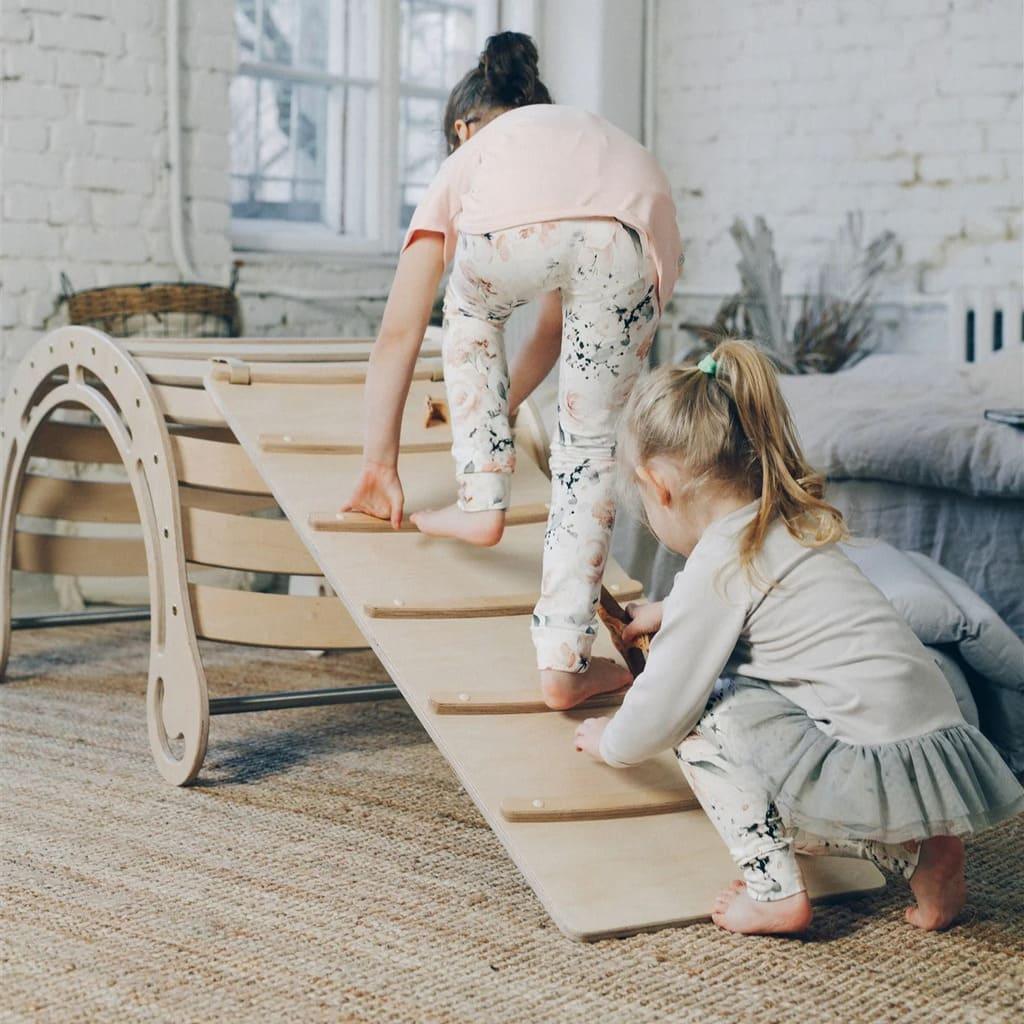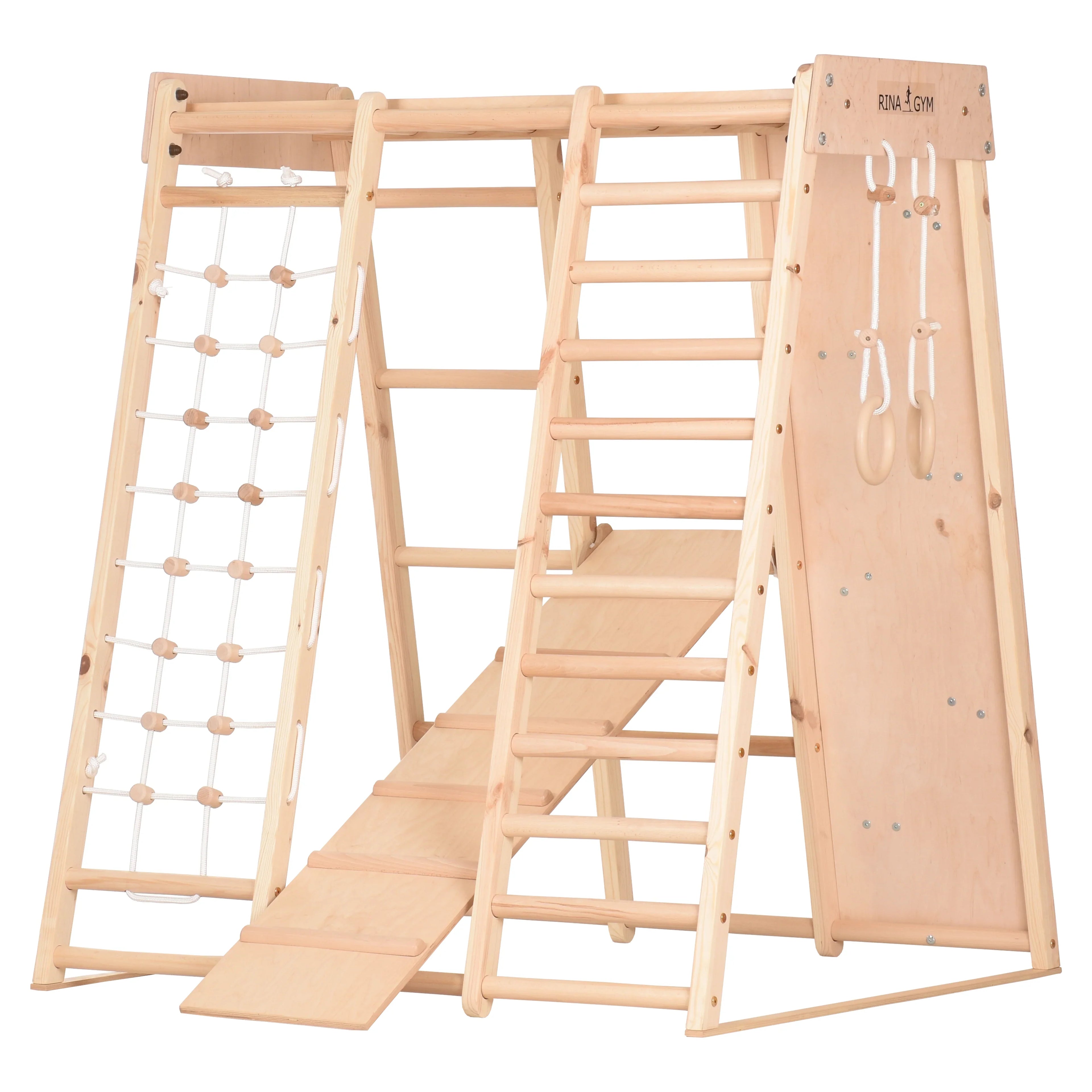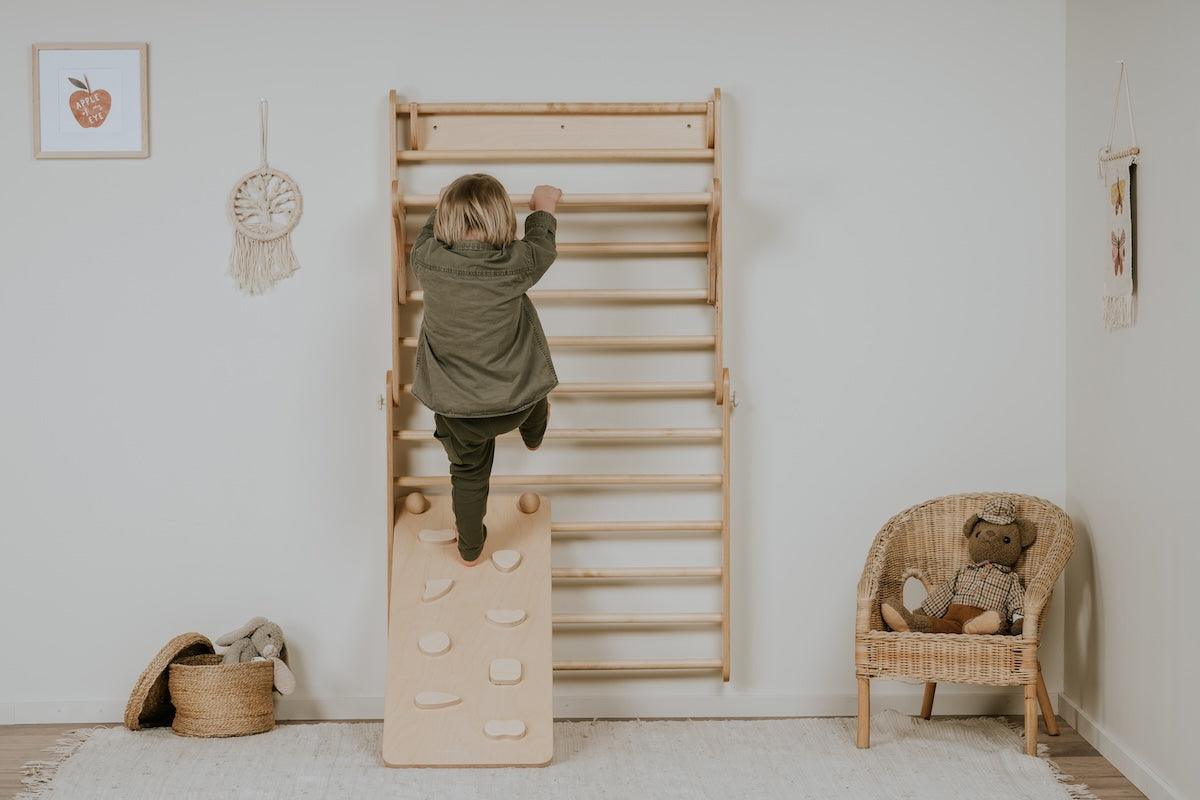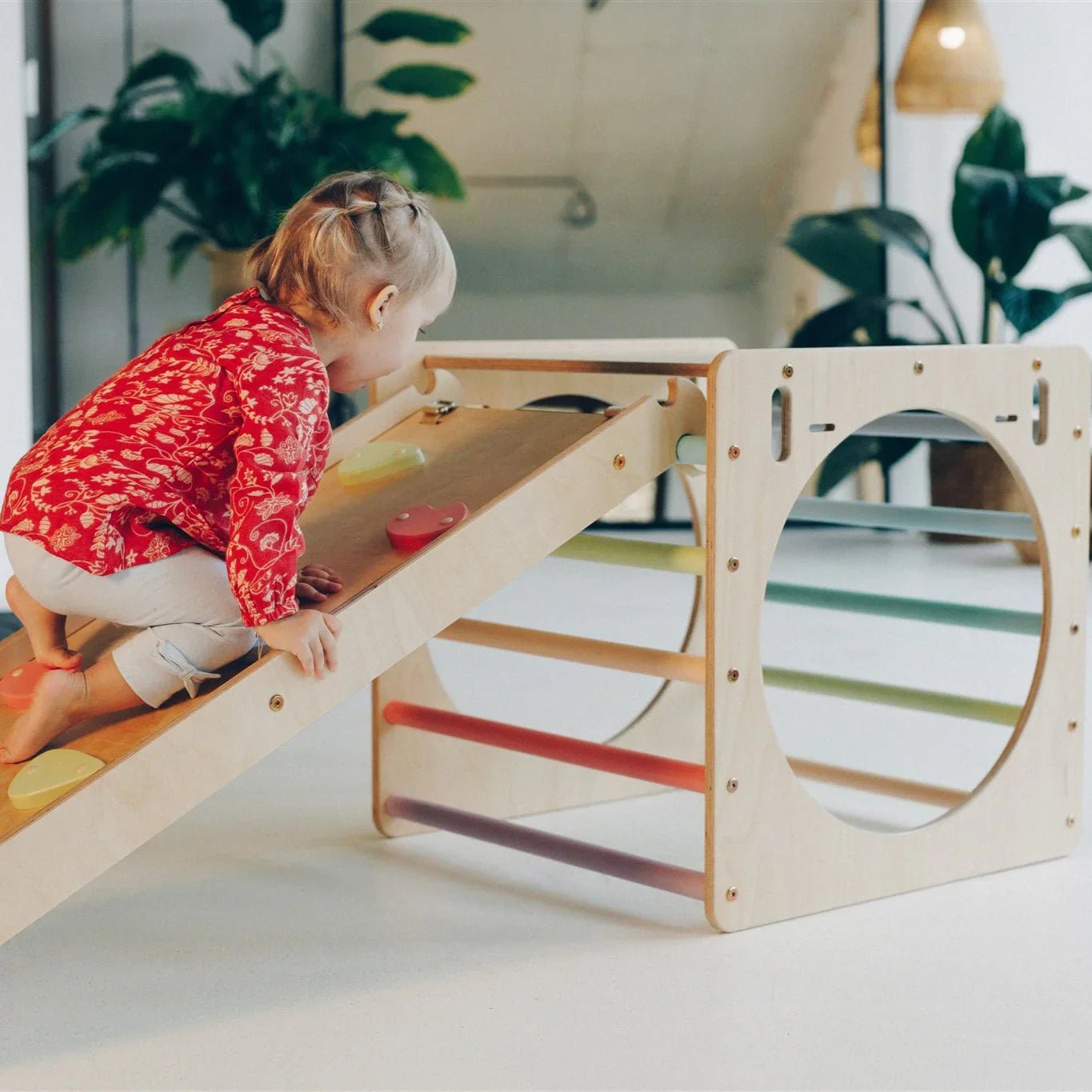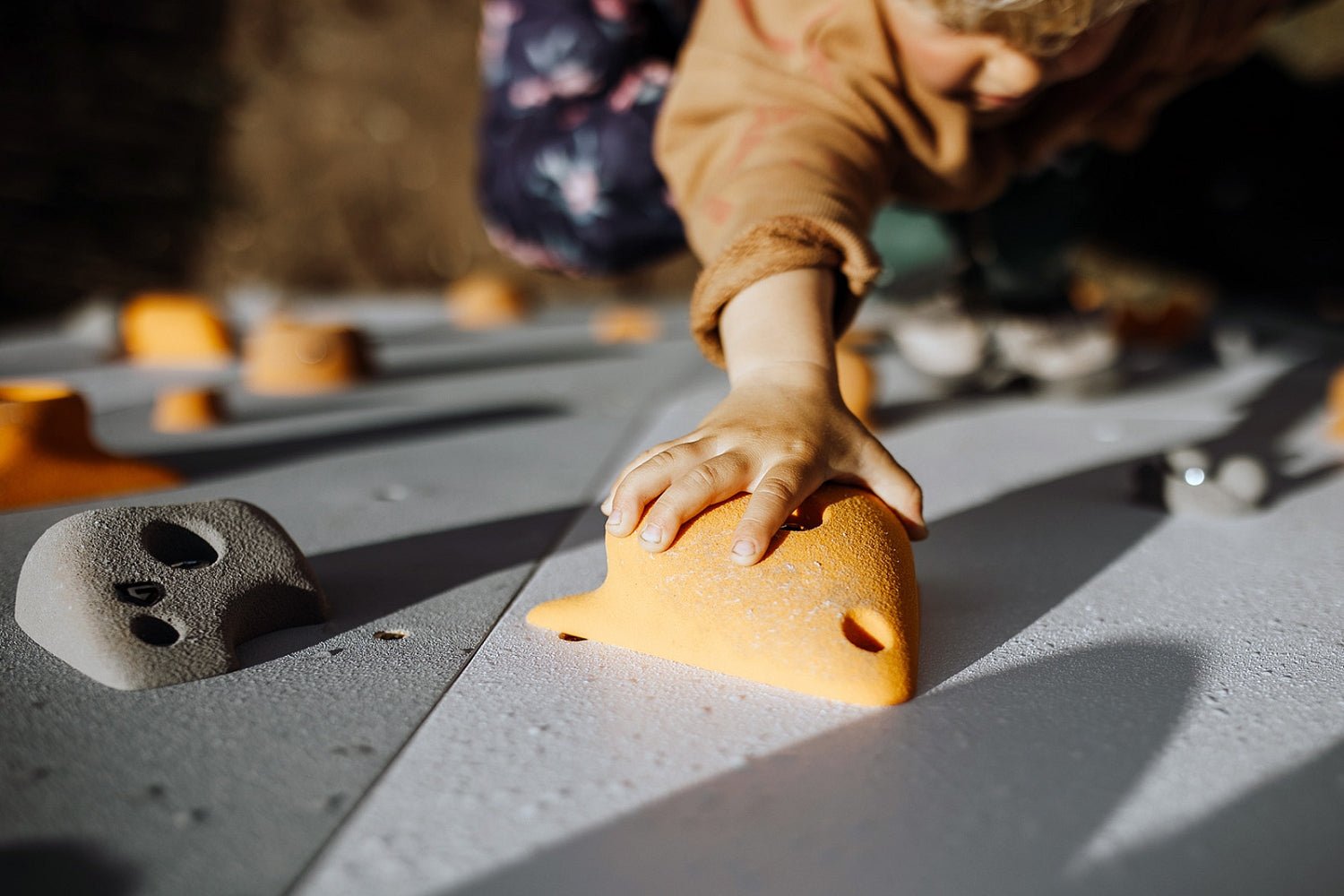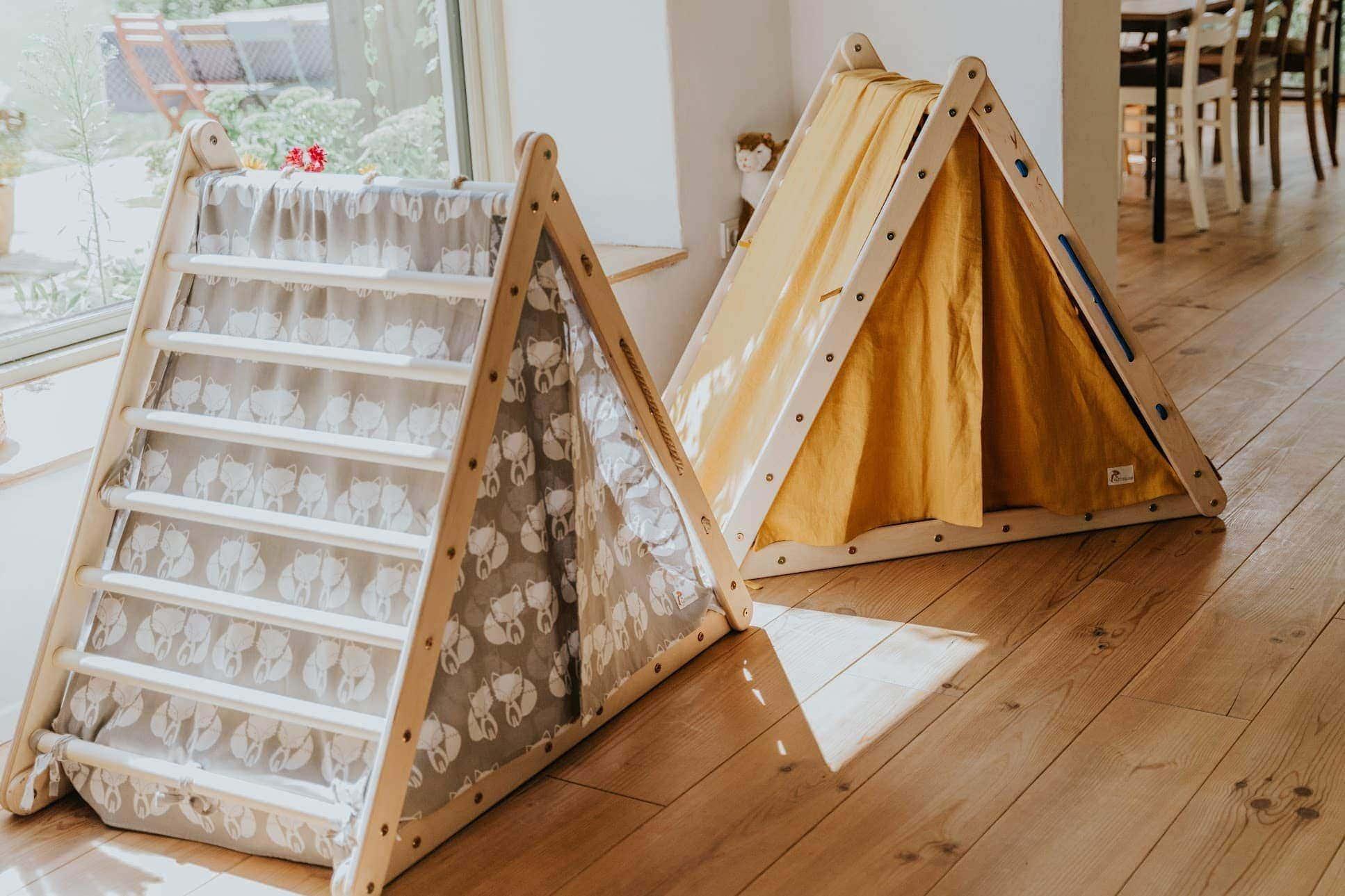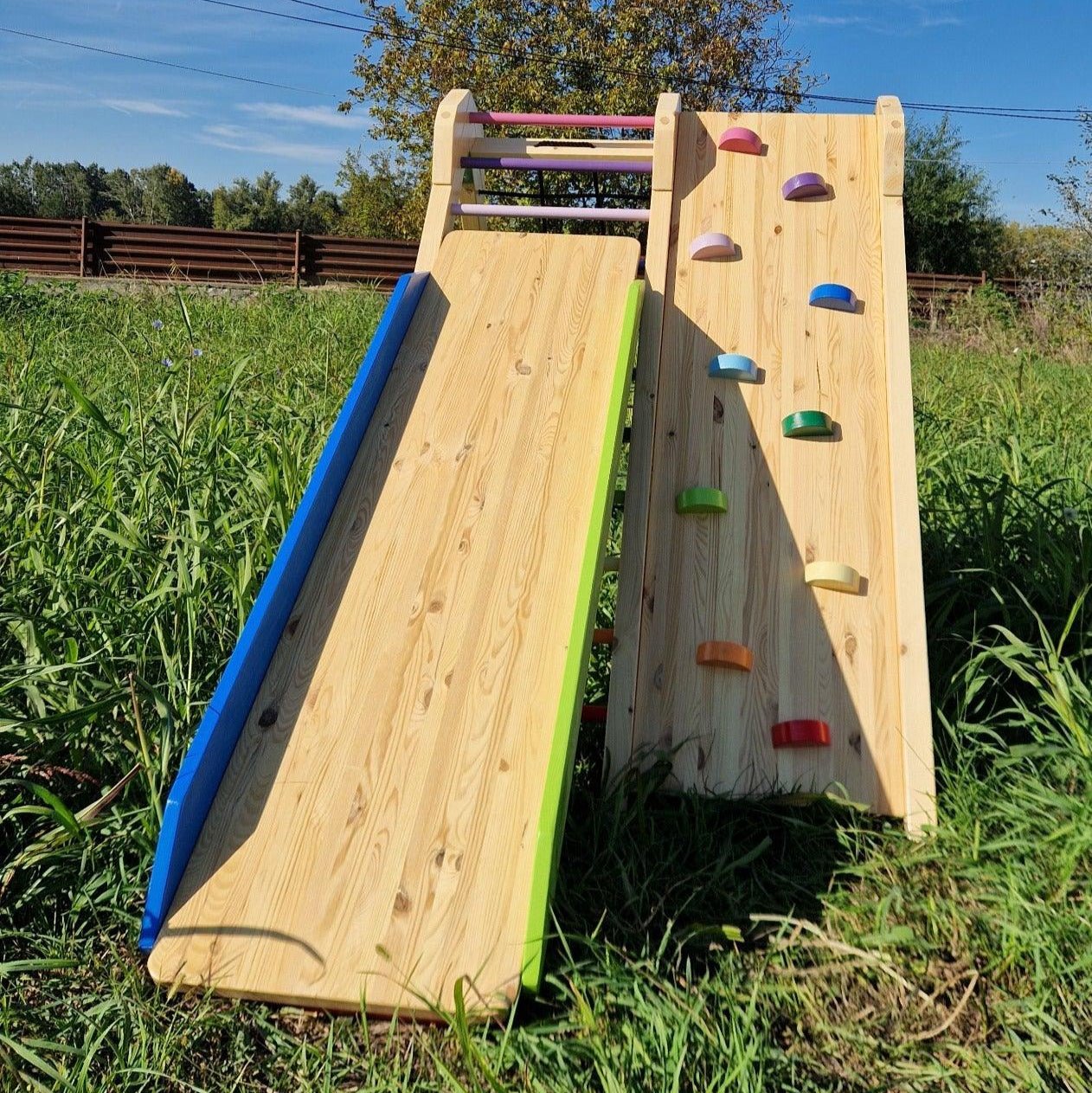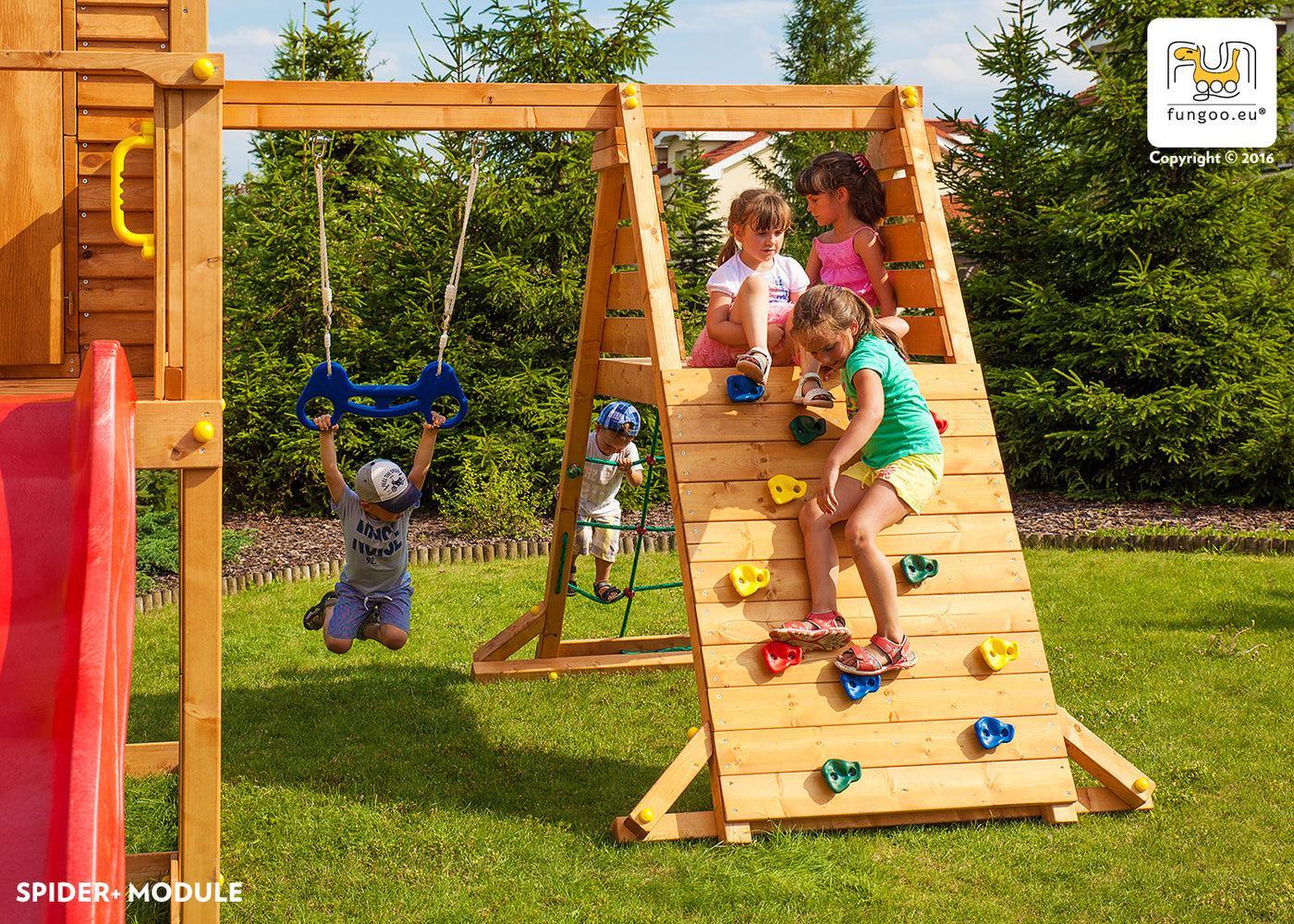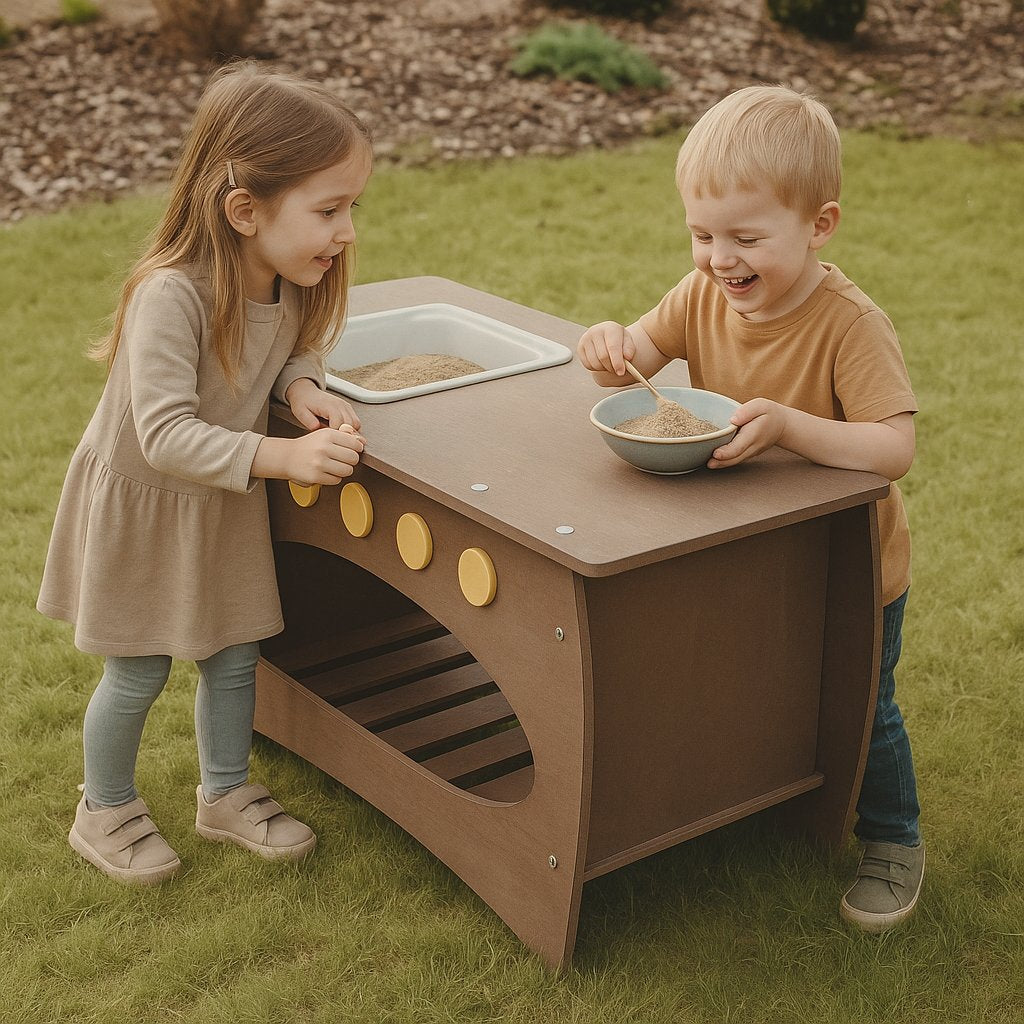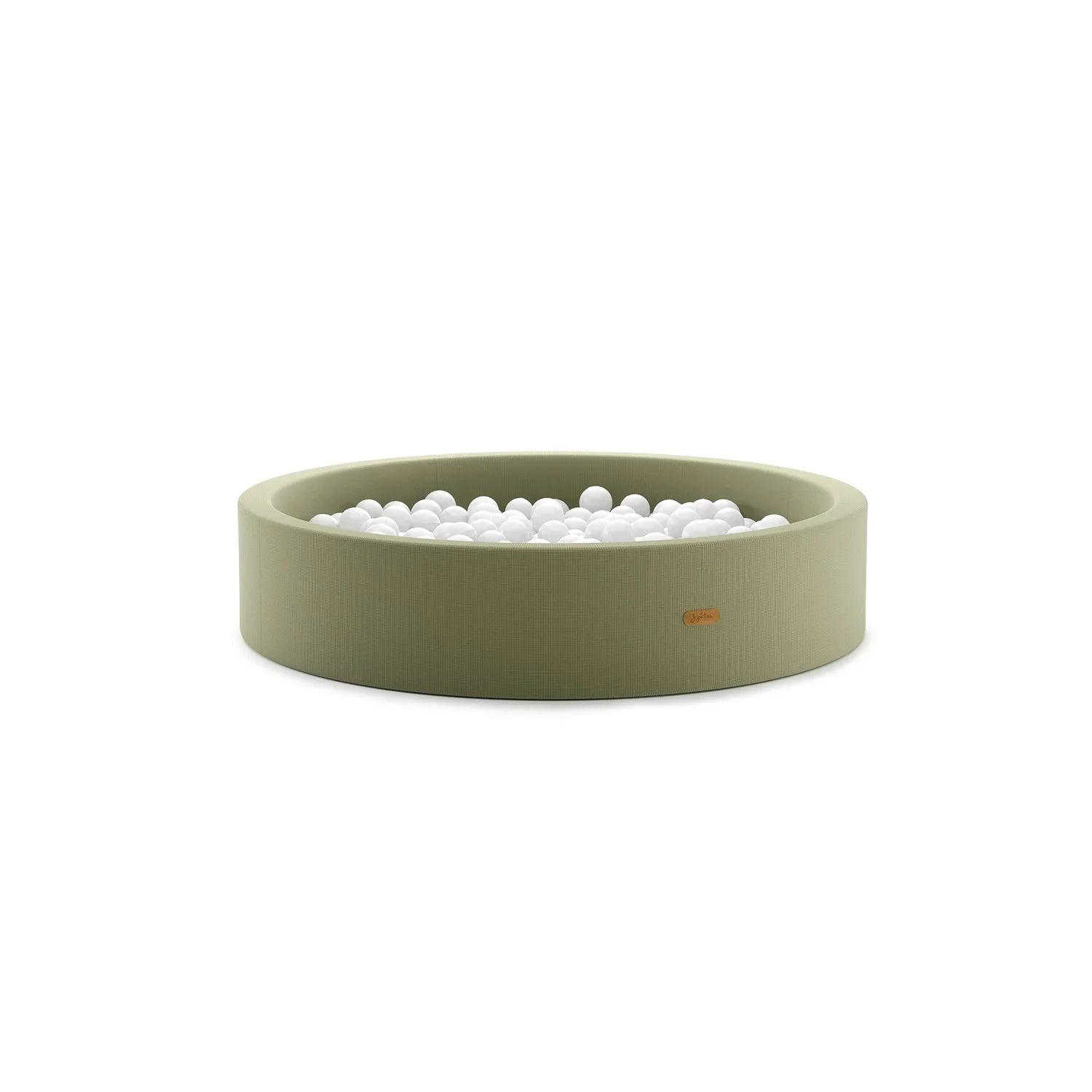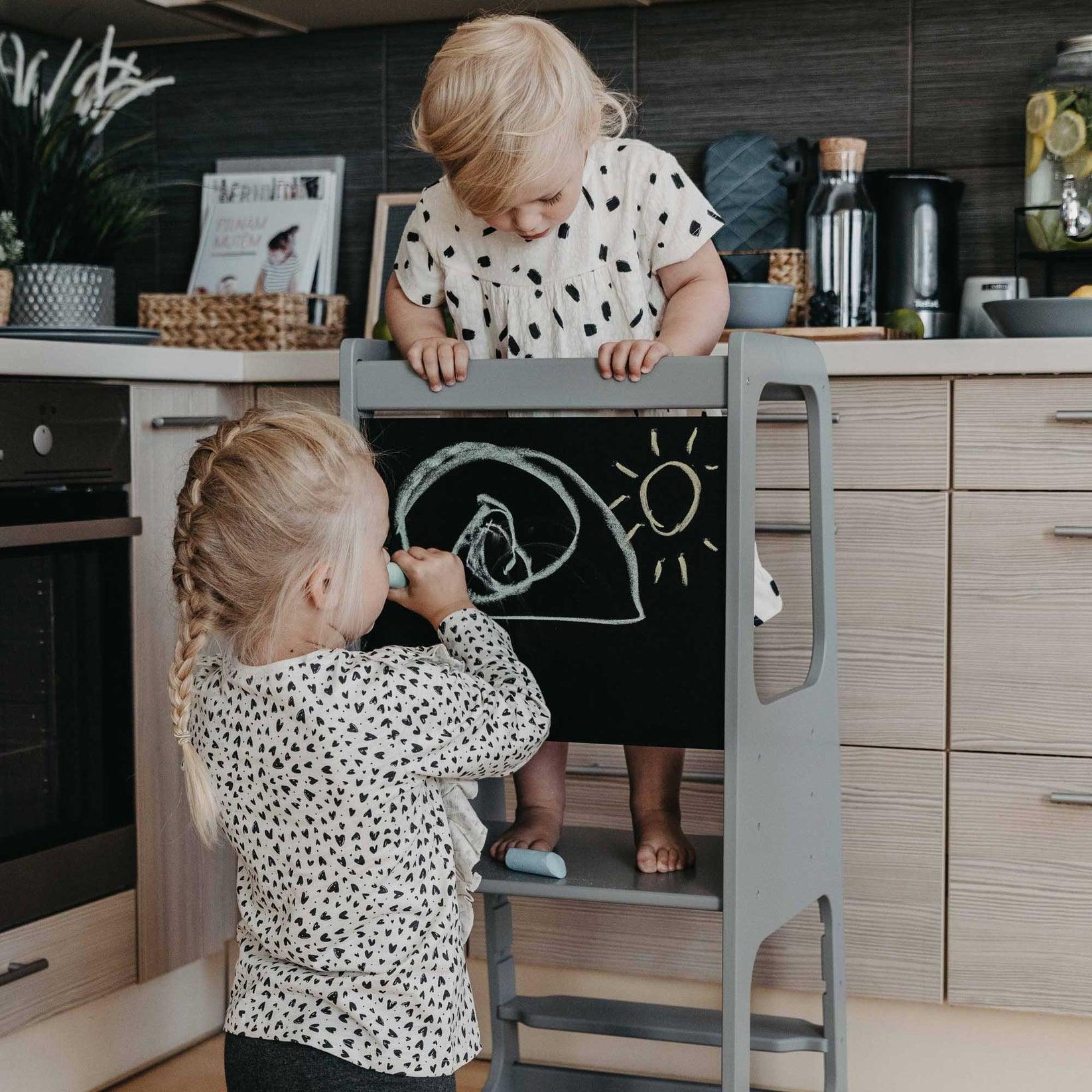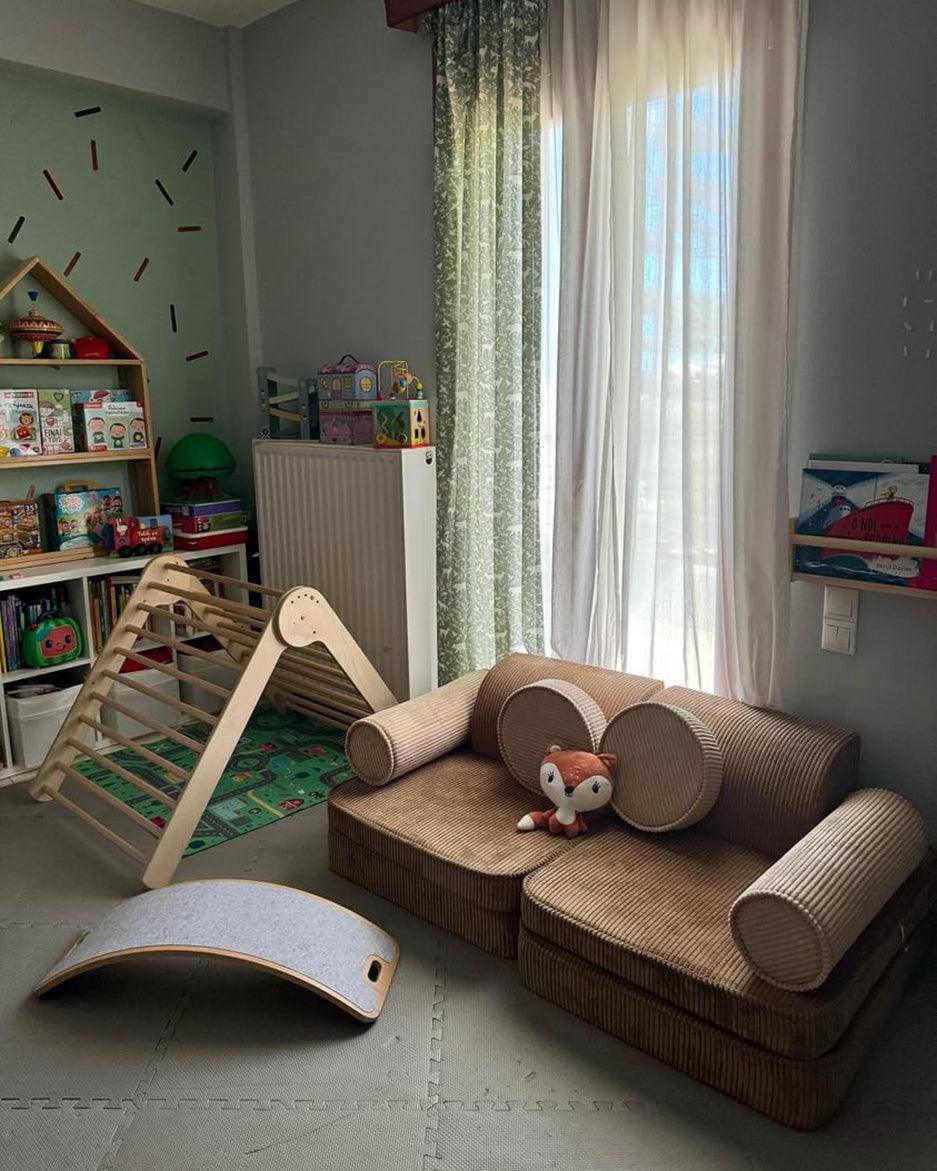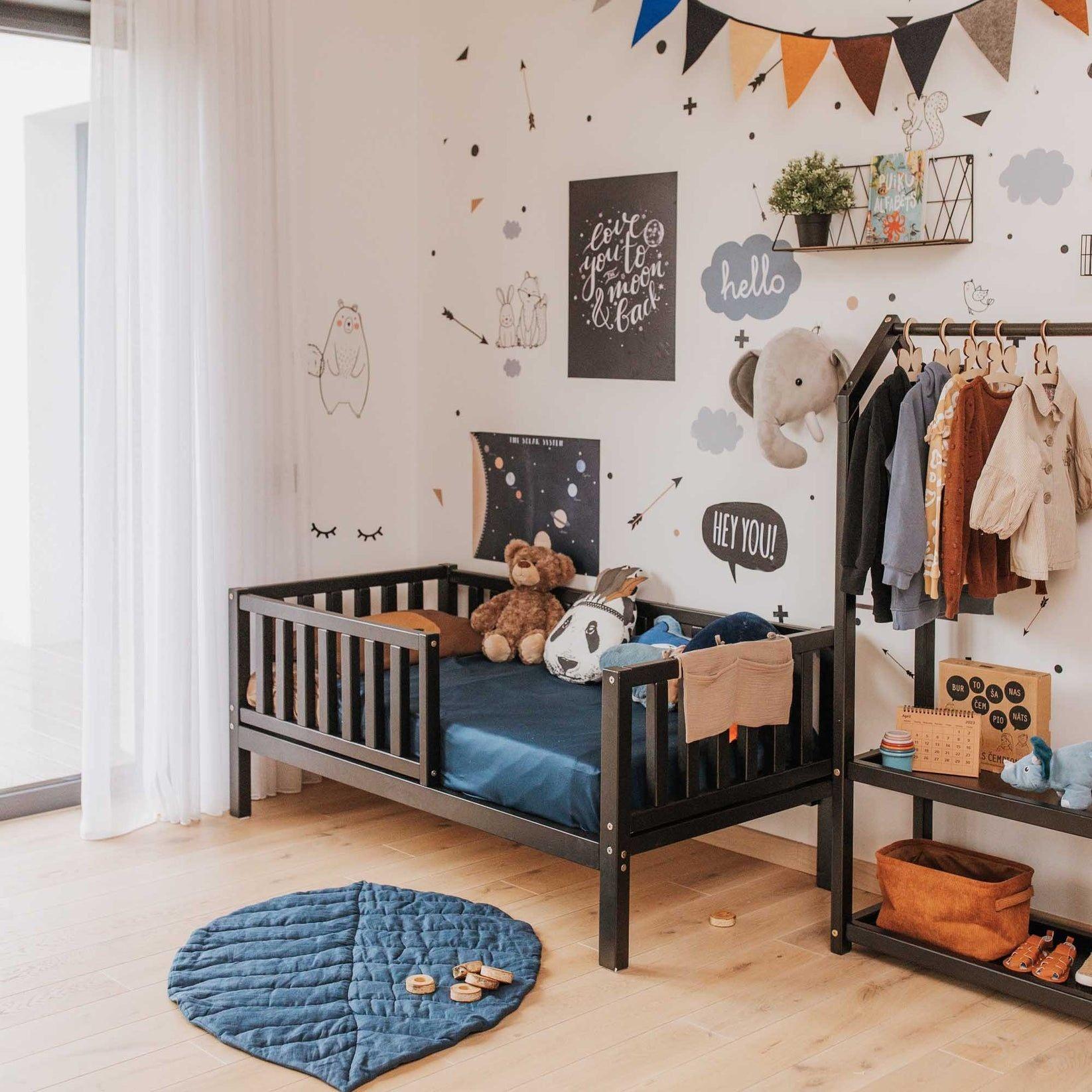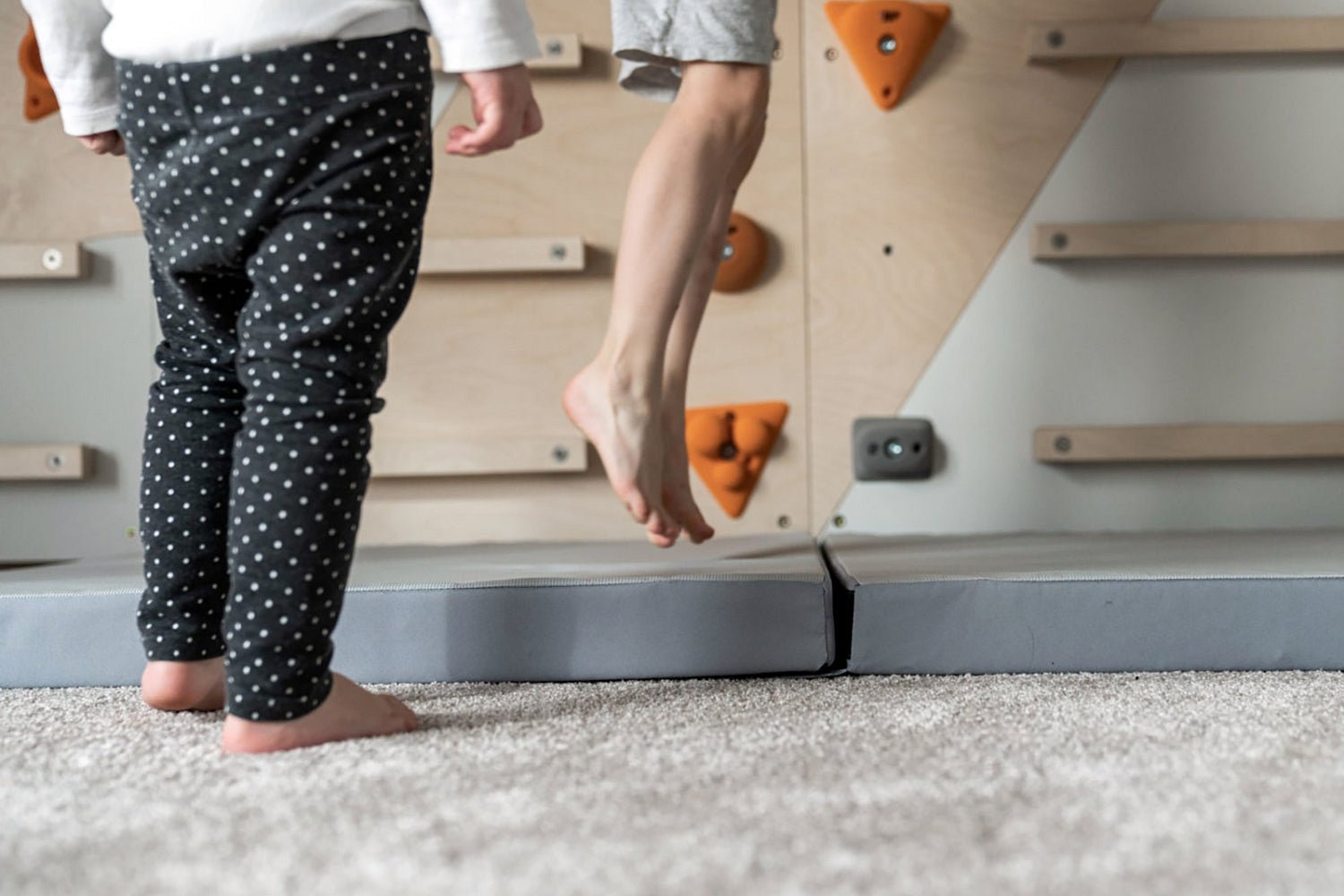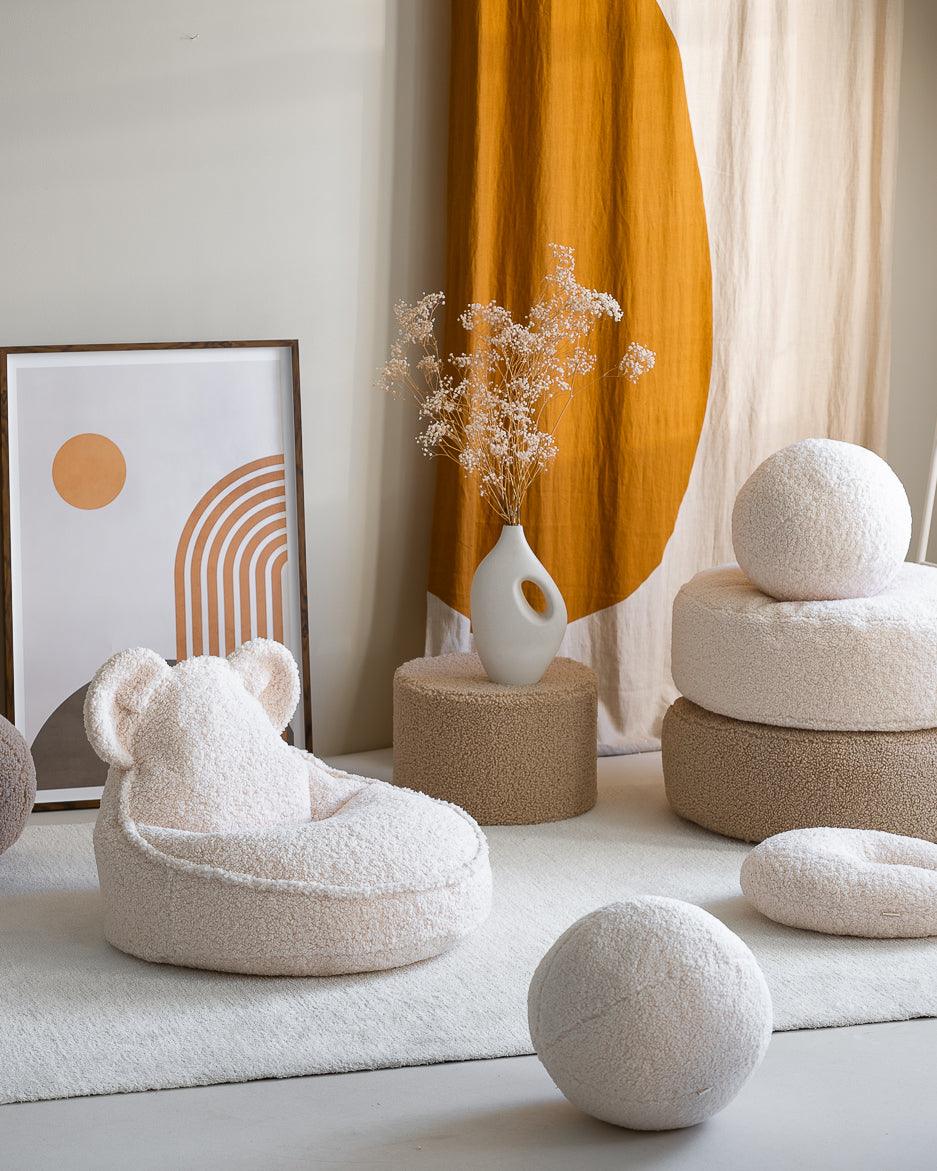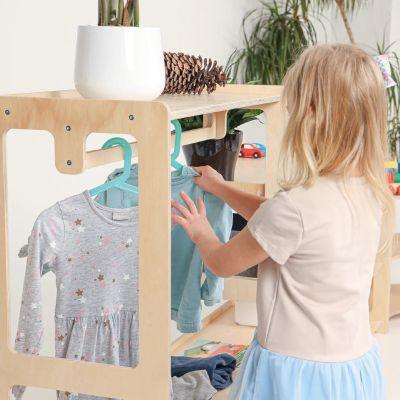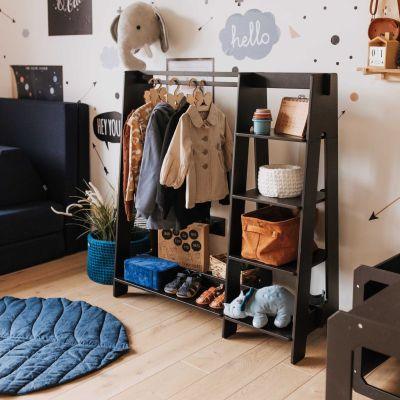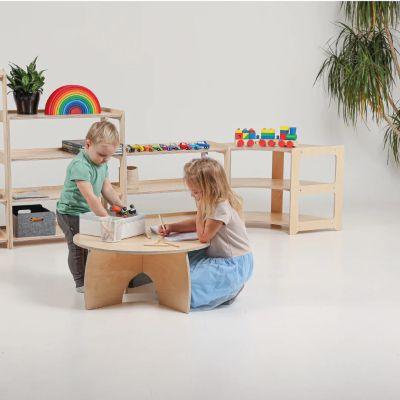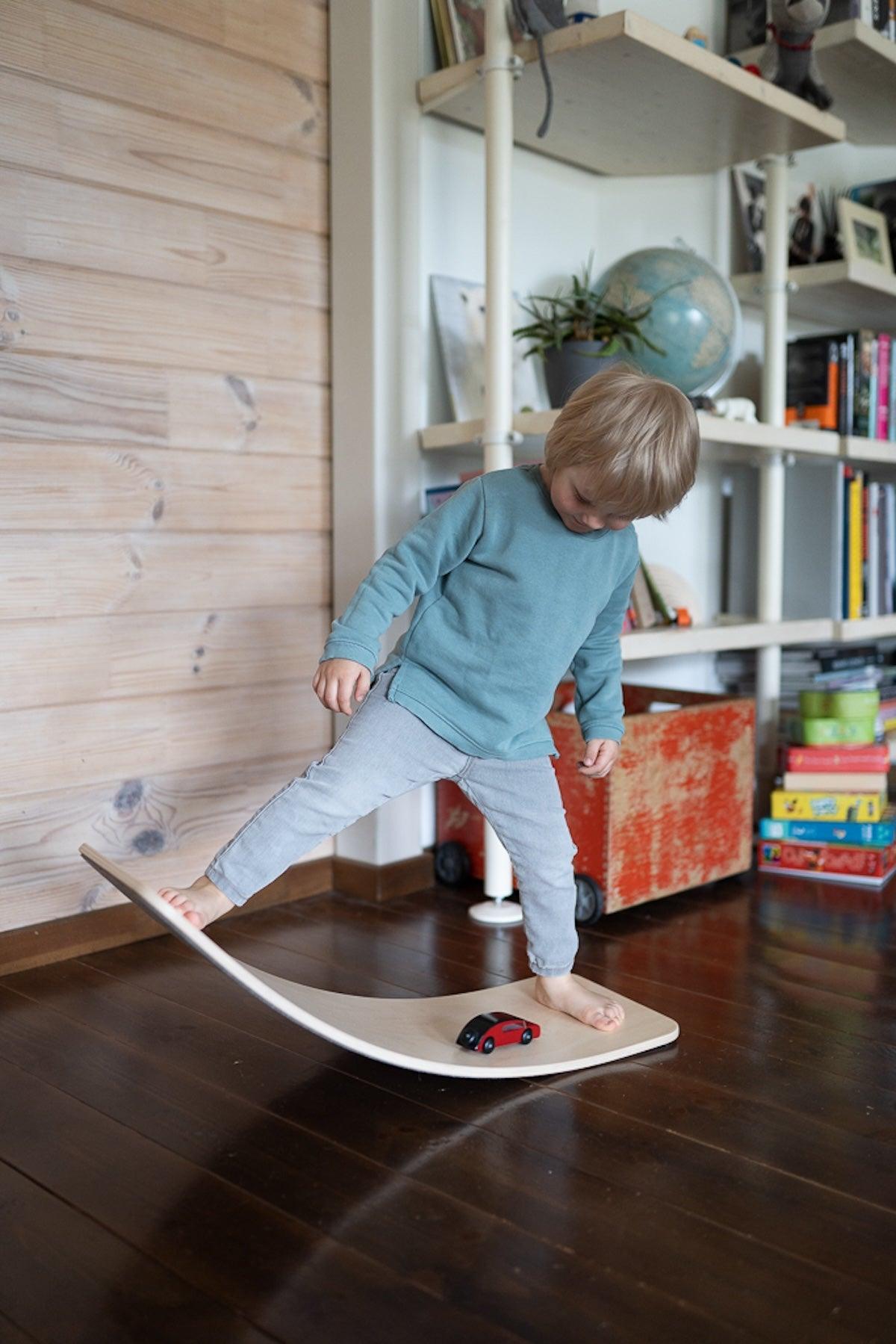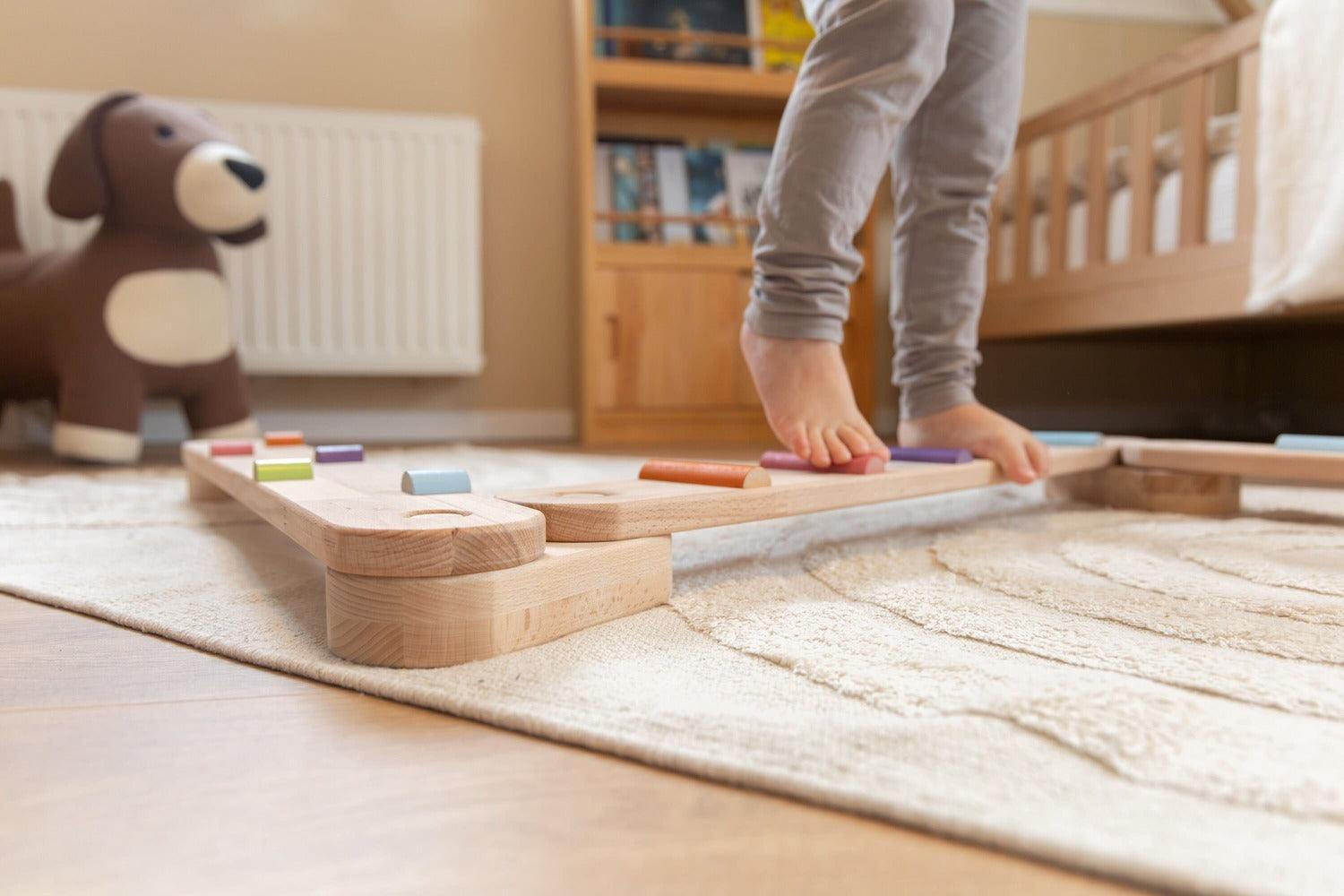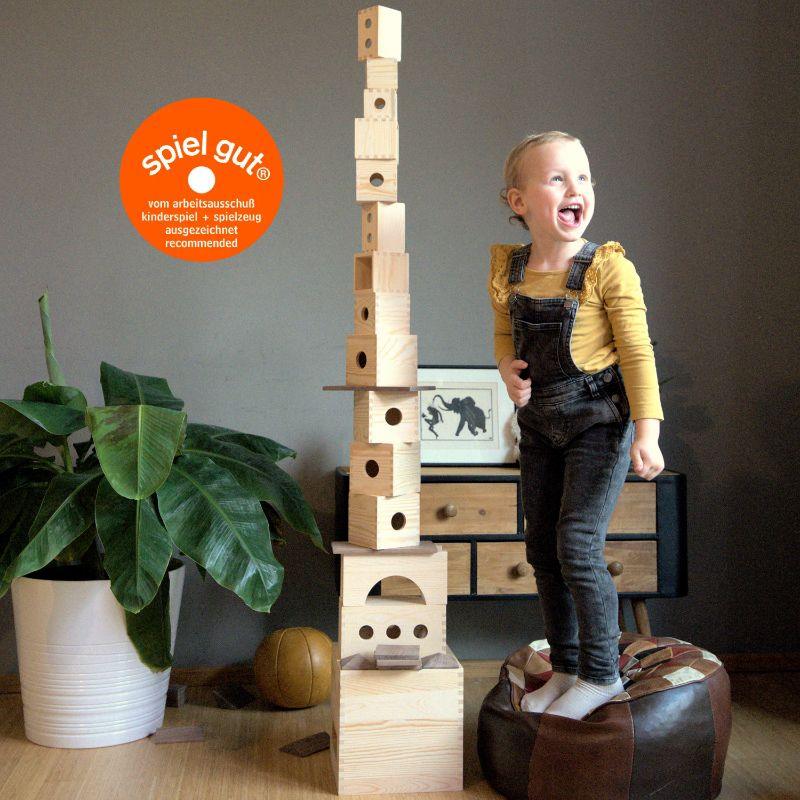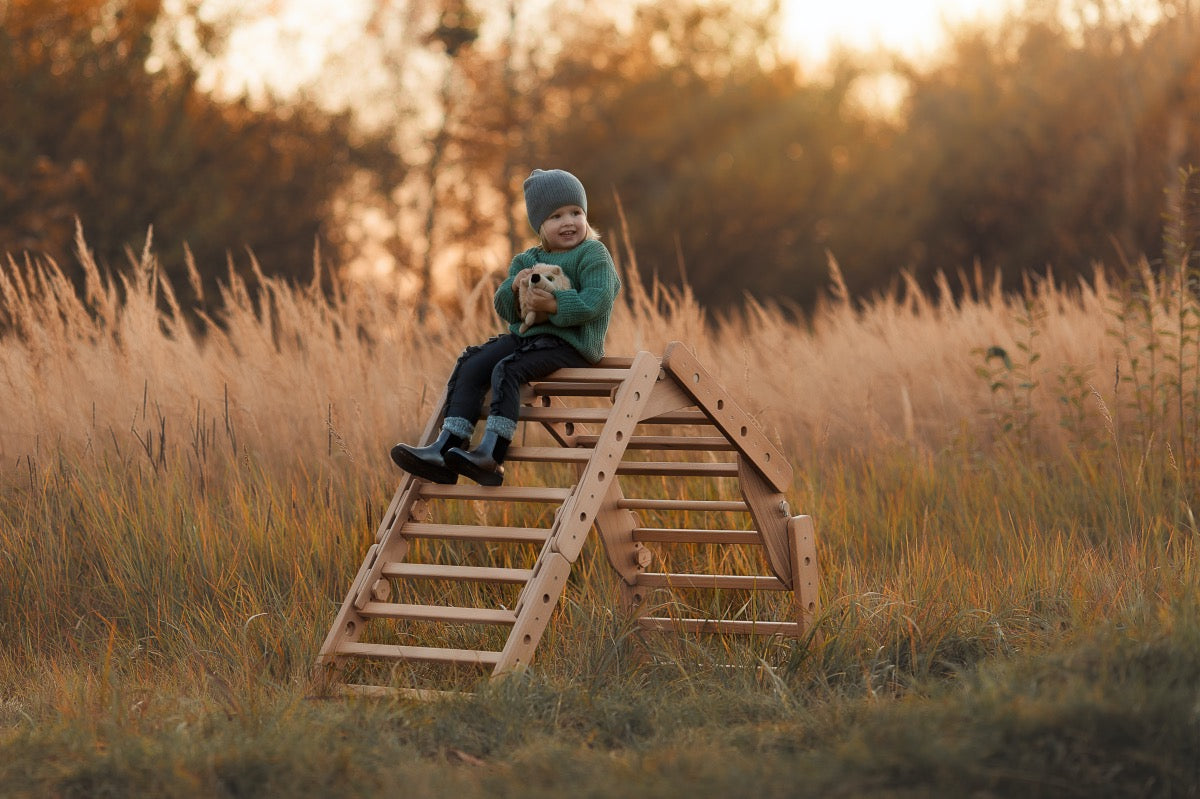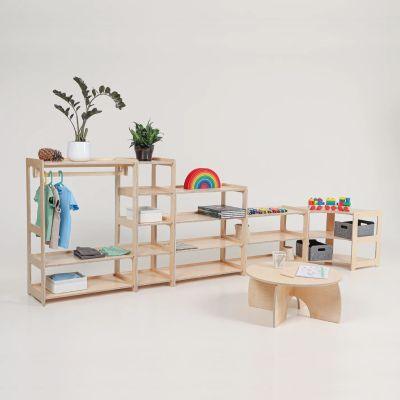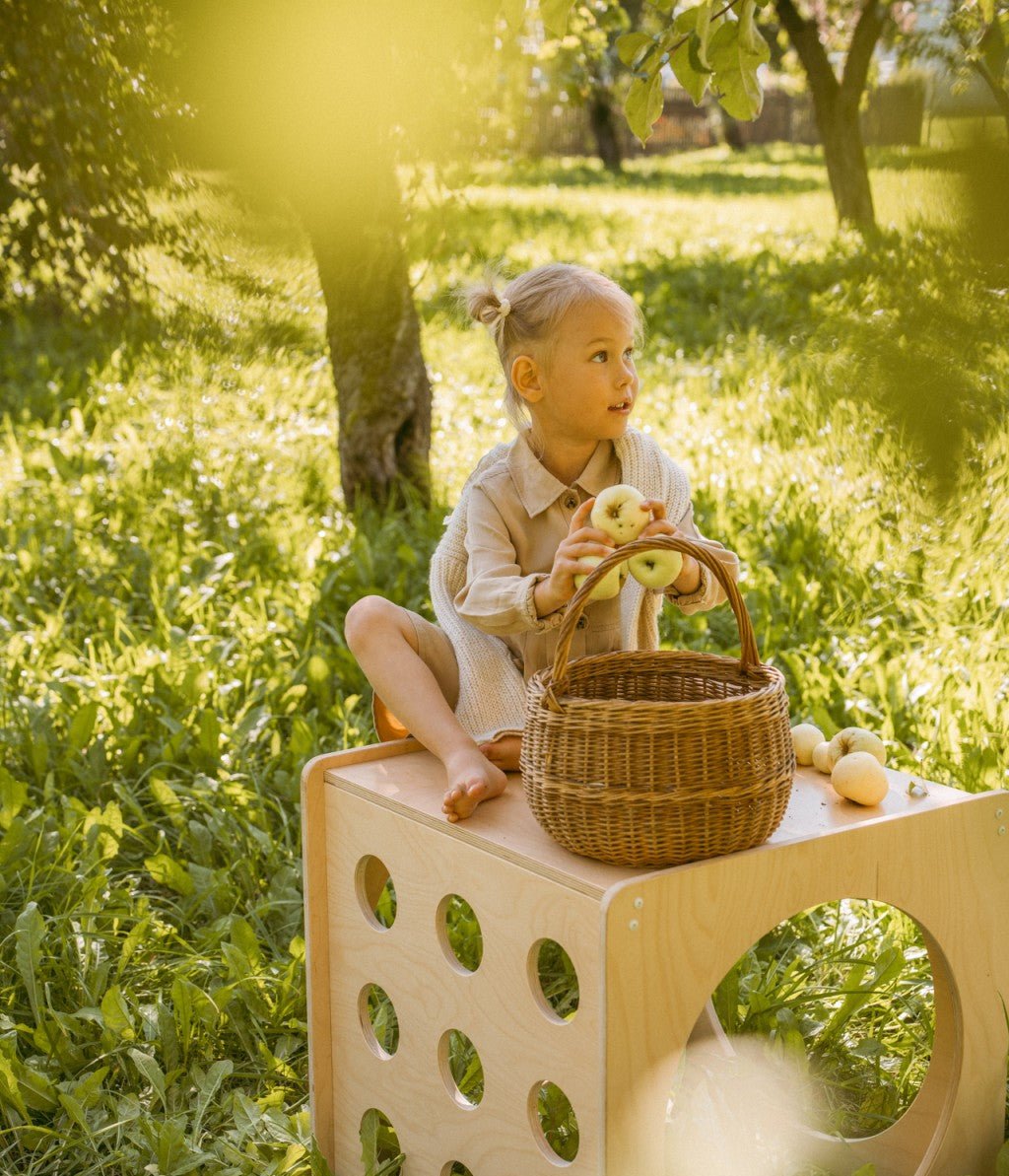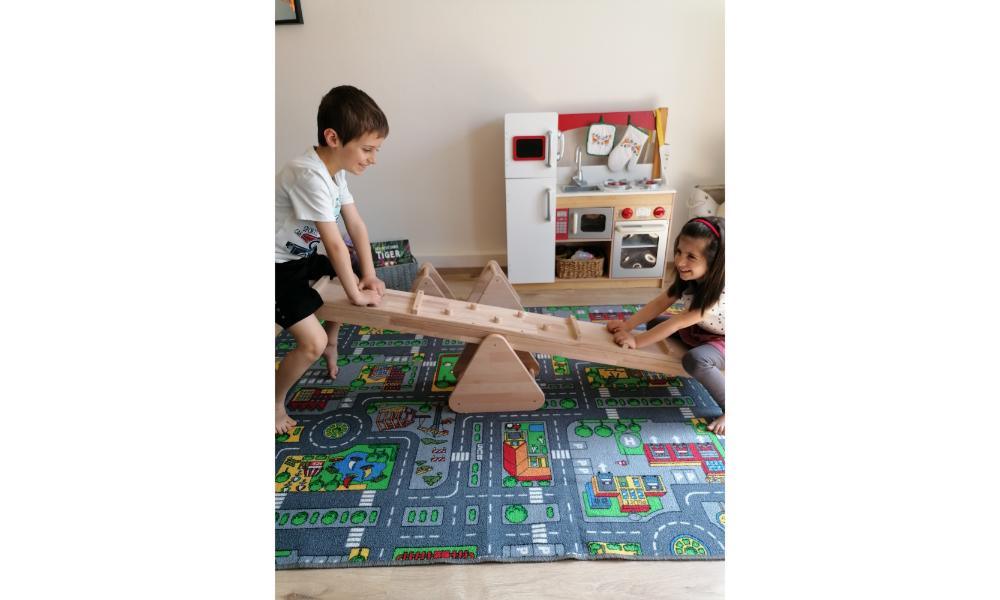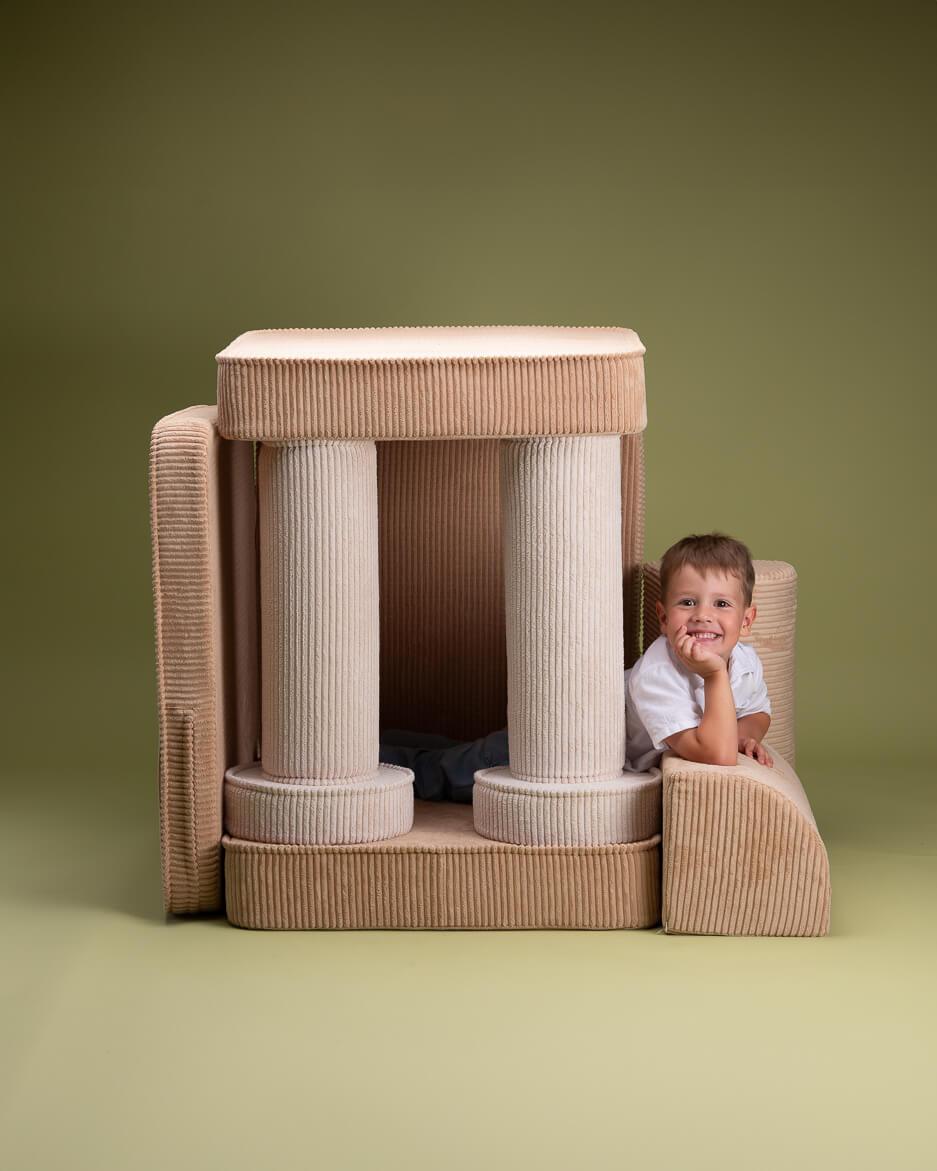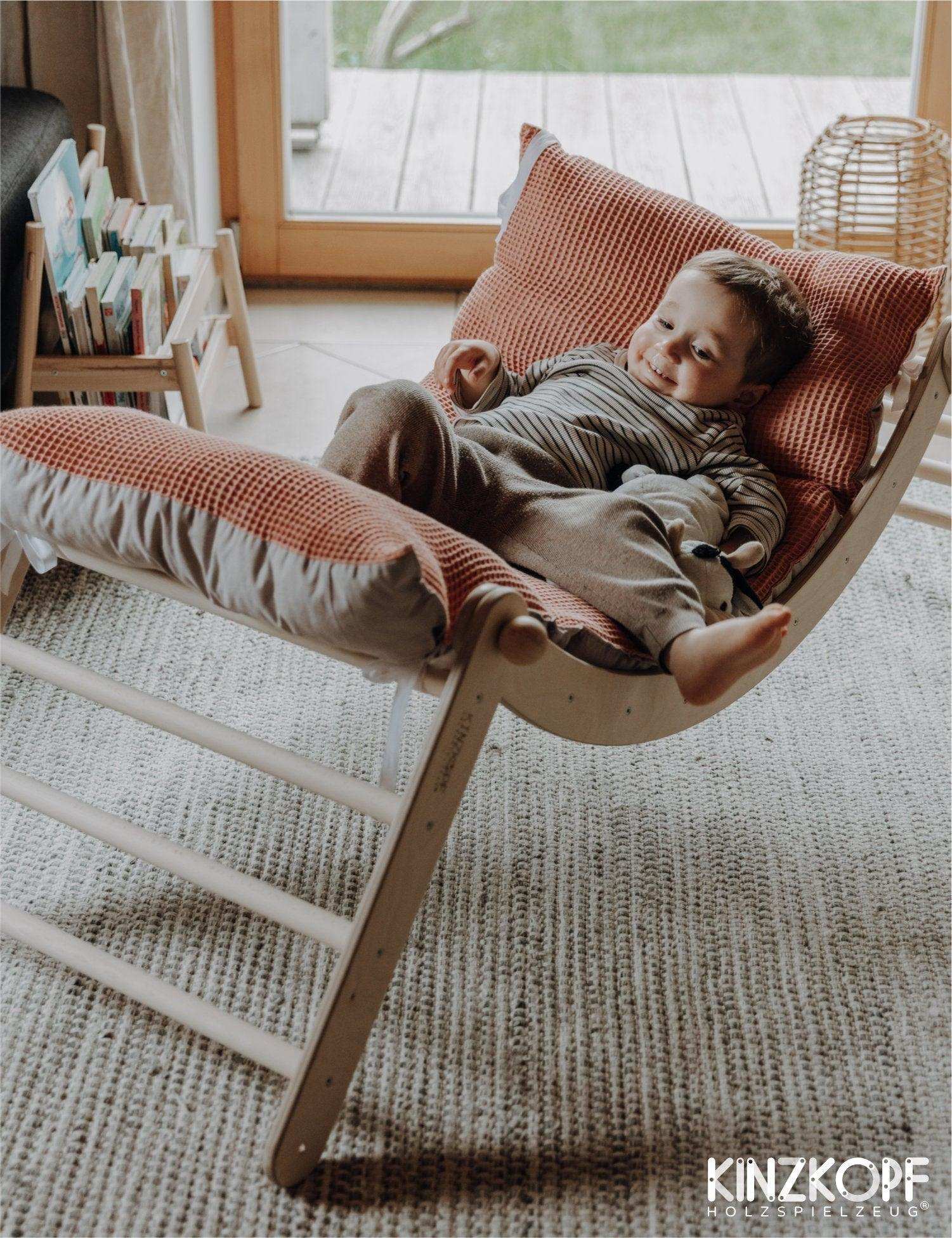Sort by:
0 products
0 products
Sorry, there are no products in this collection
Entdecke Kletterling
Kletterdreiecke sind nur der Start in eine bewegte Kindheit. Du findest bei uns Kindermöbel, Sprossenwände, Sitzsäcke, Sofas, Schaukeln und noch so viel mehr.

Familienunternehmen mit Herz
Persönlich beraten
Wir beraten dich persönlich in Entwicklungs- und Einrichtungsfragen bequem zu Hause. Schon ein paar leicht aufzustellende und sichere Bewegungselemente, wie ein Kletterdreieck, verändern die Auslastung deines Kindes und damit seine Stimmung zum Positiven. Doch das ist nur der Anfang, mit uns kannst du euer Zuhause in einen Ort verwandeln, in dem dein Kind jederzeit seinem Bedürfnis nach Bewegung und Entspannung nachgehen kann und dann passiert etwas Magisches, wie von Zauberhand zieht Gelassenheit bei euch ein, in deinem Kind und in dir!
Wir sind Isabell, Erik und Kosmo. Gegründet haben wir Kletterling aus der Not heraus: Qualität wird so oft mit Marketing-Blabla vorgetäuscht. Wir wollen so viel Transparenz, wie möglich ist. Aus welchem Material ist mein Kinderspielzeug, woher kommt es und wurden Chemikalien verwendet? Wie steht es um die Sicherheit und wird es wirklich in Europa produziert? In China produziert, in Deutschland zusammengebaut und dann Made in Germany, gibt es bei uns nicht. Alle Produkte stammen von kleinen Herstellern aus Europa, denen wir hier ihre verdiente Plattform bieten. Dabei hapert es meist am Kundendienst in einer fremden Sprache, den wir komplett übernehmen, weil wir es lieben, mit euch im Austausch zu stehen, was heutzutage leider immer seltener wird.
Außerdem kaufst du bei uns mit sicheren Zahlmethoden in Deutschland bei einem deutschen Unternehmen ein, was dir ein gutes Gefühl und Sicherheit bringt, damit du dich voll auf das konzentrieren kannst, weshalb du hier bist: Das richtige Bewegungsspielzeug für dein Kind zu finden.
Danke für dein Vertrauen!
- Isabell & Erik
Kategoriebeschreibung
Furnishing a child's room: tips for safety and creativity
 Decorating a child's room can be an exciting but also challenging task.
Decorating a child's room can be an exciting but also challenging task.
You want to create a space that's not only safe and functional, but also encourages your child's creativity and development. From choosing the right furniture to creating a theme that sparks your child's imagination, there's a lot to consider.
Designing the perfect children's room
Designing the perfect children's room requires care and attention to detail.
What do you need to pay attention to when buying furniture?
When choosing furniture for a child's room, it's crucial to choose products that are both safe and functional. Ensure all furniture, such as a crib or wardrobe, has a sturdy construction and no sharp edges. It's also important that the materials are non-toxic and easy to clean. It's a good idea to choose furniture that can grow with your child, such as height-adjustable desks or extendable beds. Also, make sure there's enough storage space to neatly store toys and books.
Safety in the children's room
Safety is a crucial consideration when decorating a child's room. Check all furniture for stability and avoid unstable structures. Secure large pieces of furniture, such as bookshelves or wardrobes, to the wall to prevent them from tipping over. Make sure windows and electrical outlets are child-proof and that there are no access points to dangerous areas. It's also advisable to use soft flooring, such as rugs, that can cushion falls. Ensure adequate lighting and easy on the eyes to create a pleasant atmosphere and protect your child's eyes.
Furnishings and design
 Furnishing a child's room means creating a space where your child can grow and thrive. Color choices and themes, as well as space-saving solutions, are crucial.
Furnishing a child's room means creating a space where your child can grow and thrive. Color choices and themes, as well as space-saving solutions, are crucial.
Color selection and themes
Choosing the right colors and themes for your child's room not only influences the atmosphere, but also their development. Bright and friendly colors like pastels promote relaxation and creativity. Nature motifs or popular characters can be used as wallpaper in a child's room to stimulate the imagination and create a world your child will enjoy immersing themselves in. It's effective to choose themes that reflect your child's interests and can be easily adapted as they grow older.
Space-saving solutions
In small children's rooms, space-saving solutions are essential to make the most of the available space. Loft beds with integrated desks or play areas underneath are a clever choice, providing both sleeping space and a place for play or learning. Multifunctional furniture such as folding desks or beds with built-in storage for toys and books are also ideal. Wall shelves utilize vertical space and hold books and decorations, while leaving the floor free for more play space.
Popular children's room trends
After emphasizing the importance of furnishing a child's room in the last section, we will now look at current trends that make the child's room not only practical but also inspiring.
 Sustainable materials
Sustainable materials
When choosing materials for children's rooms, more and more parents are placing importance on sustainability. Furniture made from FSC-certified wood and pollutant-free varnishes and waxes are gaining popularity. Such materials not only ensure a healthy environment but also teach respect for nature. Given the increasing importance of environmental awareness, this trend fits well with modern family planning. Products such as cribs and bookshelves made from sustainable materials are not only safe but also a long-term investment in the future.
Smart children's rooms
Another trend is smart children's rooms, which use technology to increase comfort and safety. These include intelligent lighting systems that adapt to the child's daily routine and temperature controls that can be controlled via an app. Furniture that grows with your child—such as height-adjustable desks and beds—also offers a flexible solution that adapts to your child's rapidly changing needs. Such smart solutions not only support healthy development but also your child's independence and learning in a technologically advanced environment.
Tips for conservation
A well-designed nursery supports your child's development in many ways. To get the most out of this environment, regular maintenance and targeted adjustments are essential.
Cleaning and maintenance
 Regular cleaning and maintenance are crucial to ensuring the safety and cleanliness of a child's room. When cleaning furniture like cribs and desks, it's best to use natural cleaning products to minimize chemical exposure. Also, check furniture regularly for loose screws or worn parts, especially on heavily used items like the child's wardrobe or lamp. This will ensure the environment remains not only clean but also safe.
Regular cleaning and maintenance are crucial to ensuring the safety and cleanliness of a child's room. When cleaning furniture like cribs and desks, it's best to use natural cleaning products to minimize chemical exposure. Also, check furniture regularly for loose screws or worn parts, especially on heavily used items like the child's wardrobe or lamp. This will ensure the environment remains not only clean but also safe.
Adjustments for growing children
Children grow quickly, and their needs change with each step. Invest in furniture that can be adapted to your child's size and needs. A height-adjustable desk or an extendable bed can be used long-term. Also consider changing interests: convertible decor and modular storage systems allow your child to help design the room and encourage creativity and independence.
Conclusion
The right nursery can do wonders for your child's development. By choosing safe and functional furniture that also encourages creative thinking, you'll create an environment where your child can thrive. Remember that regular adjustments and maintenance of the room are just as important as the initial furnishings. By keeping up with the latest trends in design and technology, you'll provide your child with an inspiring yet safe environment for play and learning. Your commitment and care in designing the nursery will play a crucial role in giving your child the best start in life.
Frequently Asked Questions (FAQ)
What are the most important aspects when furnishing a child's room?
The main aspects of furnishing a child's room are safety, functionality, and creativity. It should be designed to be safe by using only non-toxic furniture. Furthermore, the room should serve as both a sleeping and play area, which can be achieved with space-saving and multifunctional furniture.
How do colors and themes influence a child’s development?
Colors and themes in a child's room have a major impact on the atmosphere of the room and the child's emotional and cognitive development. Bright colors and nature motifs, for example, can enhance creativity and well-being.
What are the current trends in children’s room design?
Current trends in children's room design include the use of sustainable materials such as FSC-certified wood and the integration of smart technologies. These trends not only promote children's health and environmental protection, but also support development and independence through adaptive furniture and smart lighting systems.
How can you ensure safety in a child’s room?
Safety in a child's room can be ensured by using furniture that complies with safety standards and by using non-toxic paints and materials. It is also important to conduct regular inspections of the furniture for stability and safety.
What role does multifunctional furniture play in a child’s room?
Multifunctional furniture is essential for making the most of available space. Examples include loft beds with integrated desks or beds with storage. These pieces of furniture offer practical solutions for storage and work areas without taking up additional space, thus promoting orderly and functional use of space.
Discover more in: Children's Room
Top Categories: Learning Tower | Children's desk | Children's bookshelf | Children's bed

